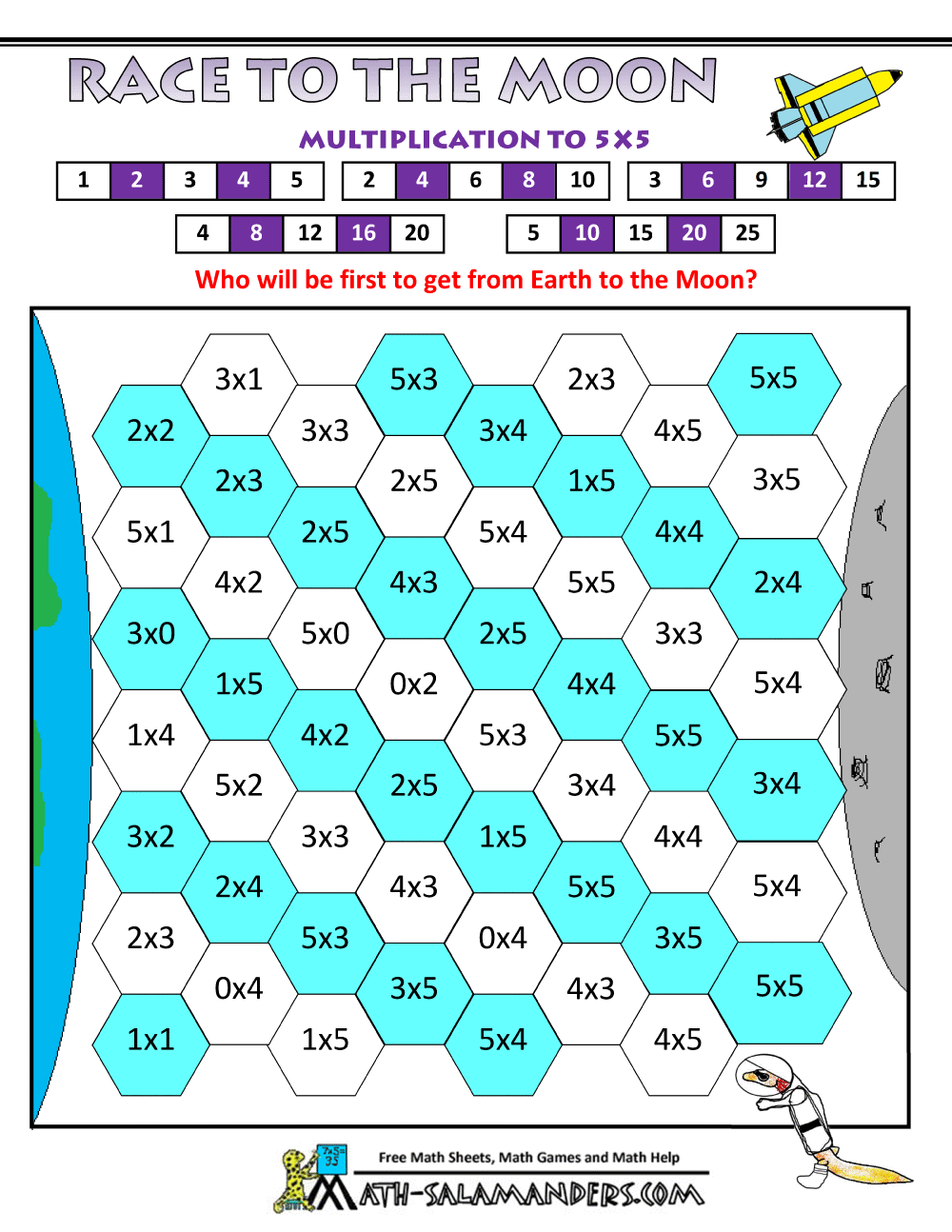
Roll and Race Math Partner Game for Review I prefer to use a special cube that is only 1-3 (included in the download) so my students move slowly across the board, thus answering more questions. They solve the task on the place they land on. The students roll a die and move that many places. The game boards I use for partner math games are super simple and only one page. Math game boards are a staple in my math instruction, and my students never seem to tire of them. One thing that I did not include in the directions (for space reasons) is that I have my students initial their cards so I can use this to informally assess. For this partner activity, the students each have their own sort cards that they have to sort correctly. While this one is not necessarily a “game,” students still really enjoy it. Continue until a player covers three boxes (horizontally, vertically, or diagonally) or until all of the boxes are solved. If the player who chose the task is correct, then he or she can mark it with his or her X or O.ĥ. Take turns selecting a box and solving the task inside the box.Ĥ. Decide who will be X and who will be O.ģ. I have included an answer key, but I only instruct my students to use the answer key if they get different answers. This keeps both students working and being held accountable. Tic Tac Toe is pretty self-explanatory however, I do require both partners to solve the tasks. When I introduce this game, we spend a few minutes talking about this to make sure the students don’t get confused and to discuss how you have to use a little strategy to decide what to do (protect your square by putting your counter on the square where your counter already is, trying to get the other square but not having either one of them be safe, or even bumping another player instead of putting your counter on a empty square.) Tic Tac Toe Partner Games Some of the questions (the sums rolled most often by the two dice) have more than one answer the students can choose to put their counter on. If you notice, there are eleven questions but sixteen squares. Two markers on the same square by the same player will protect that player from being bumped. You can protect your square by rolling the same sum again and placing another marker on top of the existing one. If another player rolls the same sum as you and gets the answer correct, he or she may “bump” your marker and place his or her marker on the square.Ģ. Find the answer or solution in one of the squares.ġ.

Find the number that matches the sum of the numbers you rolled.Ĥ. Roll a pair of dice, and determine the sum of the numbers rolled.Ģ. Objective: To have the most squares covered by the end of the gameġ. This game is SO easy to play and so much fun. To play the game, the students need two different colored counters (or the counters that have one color on each side) and two dice. Let’s take a look at those partner games.


Then, I can use those same partner games all year long with different math content and skills, and my students immediately know what to do. This allows me to teach my students the directions and expectations for the five types of games at the beginning of the year. The partner games I use (and the ones I am sharing with you) are very consistent. There is also instant accountability as the partners (when chosen appropriately) hold each other accountable. Because there are only two students working together, both students are working, and none are left out. Partner games are perfect for practicing math skills.
#BOARD GAMES FOR MULTIPLICATION HOW TO#
This post will share all the details about my favorite math partner games, a link to get 30+ free partner games, and how to get even more if you love them as much as me. Partner games are definitely one of my favorite ways to have my students practice math skills.


 0 kommentar(er)
0 kommentar(er)
